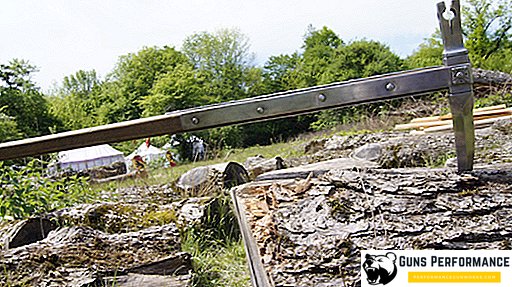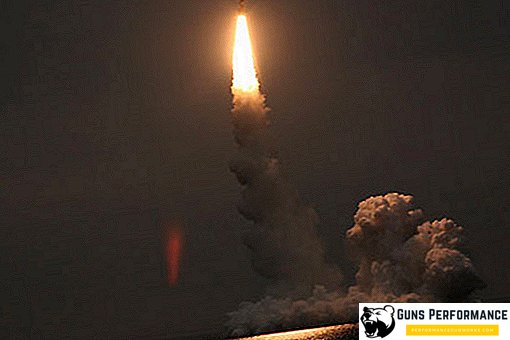Recently, newspapers and magazines are full of articles about the role of the ozone layer, in which people are intimidated by possible future problems. From scientists you can hear about the upcoming climate change, which will adversely affect all life on Earth. Do such terrible events turn out to be a potential danger for all earthlings far from people? What are the consequences of the destruction of the ozone layer expect humanity?
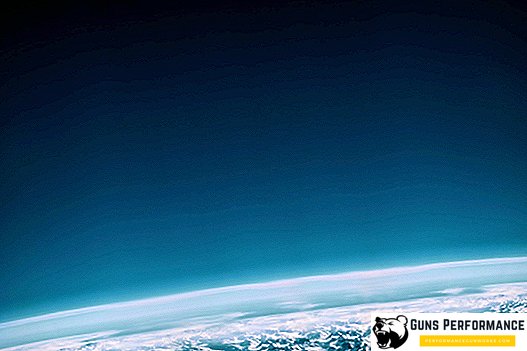
The formation process and the value of the ozone layer
Ozone is a derivative of oxygen. While in the stratosphere, oxygen molecules are exposed to chemical exposure to ultraviolet radiation, after which they break down into free atoms, which, in turn, have the ability to combine with other molecules. With this interaction of molecules and oxygen atoms with third bodies, the emergence of a new substance occurs, and thus ozone is formed.
Being in the stratosphere, it affects the Earth's thermal regime and the health of its population. Being a planetary "guard", ozone is engaged in the absorption of excessive ultraviolet radiation. However, if it enters the lower atmosphere in large quantities, it becomes quite dangerous for the human species.
Annoying discovery of scientists - the ozone hole over Antarctica
The process of destruction of the ozone layer has been the subject of many discussions of scientists around the world since the late 60s. In those years, environmentalists began to raise the issue of emissions into the atmosphere of combustion products in the form of water vapor and nitrogen oxides, which produced jet engines of rockets and airliners. Anxiety caused the property of nitric oxide emitted by aircraft at a 25-kilometer altitude, which is the area of the formation of the earth shield, destroy ozone. In 1985, the British Antarctic Survey recorded a 40% decrease in the concentration of ozone in the atmosphere above their base "Halley Bay".
After British scientists, many other researchers highlighted this problem. They managed to outline the area with low ozone content already outside the southern mainland. Because of this, the problem of the formation of ozone holes began to rise. Soon after, another ozone hole was discovered now in the Arctic. However, it was smaller in size, with ozone leakage up to 9%.
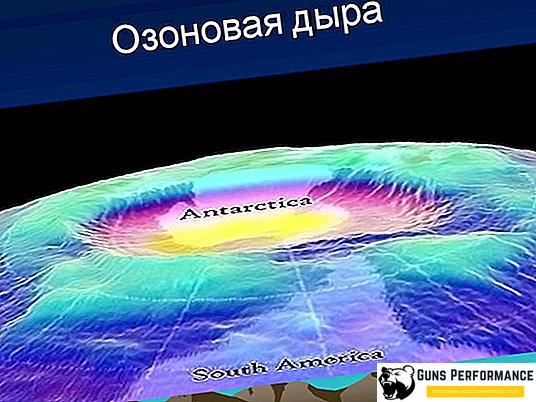
According to the results of research, scientists have calculated that in 1979-1990, the concentration of this gas in the earth's atmosphere decreased by about 5%.
The destruction of the ozone layer: the appearance of ozone holes
The thickness of the ozone layer can be 3-4mm, its maximum values are at the poles, and the minima are located at the equator. The largest concentration of gas can be found at 25 kilometers in the stratosphere above the Arctic. Dense layers are sometimes found at altitudes up to 70 km, usually in the tropics. The troposphere does not have a large amount of ozone, since it has a greater susceptibility to seasonal changes and pollution of various kinds.
As soon as the gas concentration decreases by one percent, an increase in the intensity of ultraviolet light over the earth's surface immediately occurs by 2%. The effect of ultraviolet rays on planetary organics is compared with ionizing radiation.
The depletion of the ozone layer can cause disasters that will be associated with excessive heating, increasing wind speed and air circulation, which can lead to the emergence of new desert areas, and reduce the yield in agriculture.
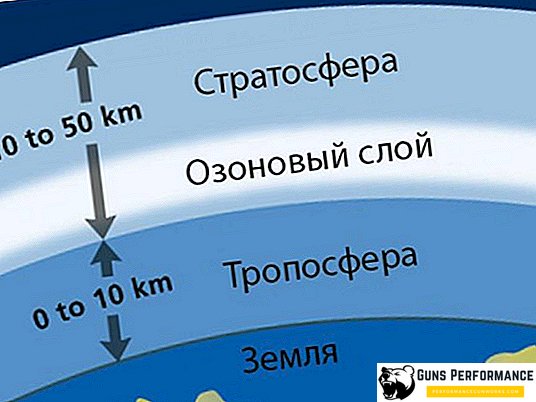
Meeting with ozone in everyday life
Sometimes after the rain, especially in the summer, the air becomes unusually fresh, pleasant, and people say that it "smells of ozone." This is absolutely not figurative wording. In fact, some part of the ozone degree passes to the lower atmosphere with flows of air masses. This type of gas is considered the so-called beneficial ozone, which brings a feeling of extraordinary freshness to the atmosphere. Basically, such phenomena are observed after thunderstorms.
However, there is also a very harmful, extremely dangerous for people type of ozone. It is produced by exhaust gases and industrial emissions, and when it comes under the influence of the sun's rays, it enters into a photochemical reaction. As a result, the formation of the so-called surface ozone, which is extremely harmful to human health.
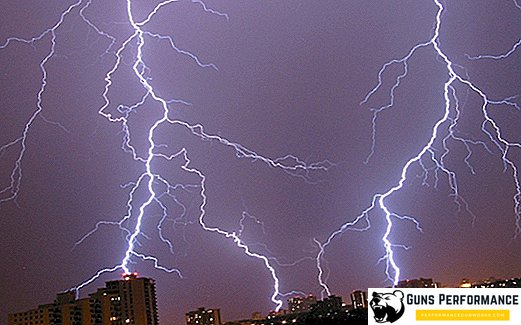
Substances that destroy the ozone layer: the action of freon
Scientists have proved that freons, which are massively charging refrigerators and air conditioners, as well as numerous aerosol cans, are the causes of the destruction of the ozone layer. Thus, it turns out that almost every person puts his hand to the destruction of the ozone layer.
The causes of ozone holes are that Freon molecules react with ozone molecules. Solar radiation forces freons to release chlorine. The result is the splitting of ozone, resulting in the formation of atomic and ordinary oxygen. In places where such interactions occur, the problem of depletion of the ozone layer occurs, and ozone holes occur.
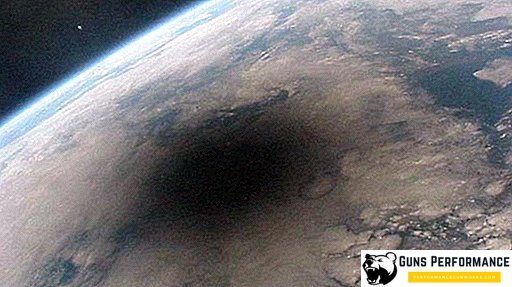
Of course, the greatest harm to the ozone layer is brought by industrial emissions, but the domestic use of drugs that contain freon, one way or another also has its effect on the destruction of ozone.
Ozone protection
After scientists documented that the ozone layer is still destroyed, and there are ozone holes, politicians began to think about preserving it. Consultations and meetings were held around the world on these issues. They were attended by representatives of all countries with well-developed industry.
Thus, in 1985, the Convention on the Protection of the Ozone Layer was adopted. Signed by this document, representatives from forty-four States participating in the conference. A year later, they signed another important document called the Montreal Protocol. In accordance with its provisions, a substantial restriction of the world production and consumption of substances leading to the disruption of the ozone layer was to occur.
However, some states did not want to abide by such restrictions. Then for each state identified specific quotas for hazardous emissions into the atmosphere.
Protection of the ozone layer in Russia
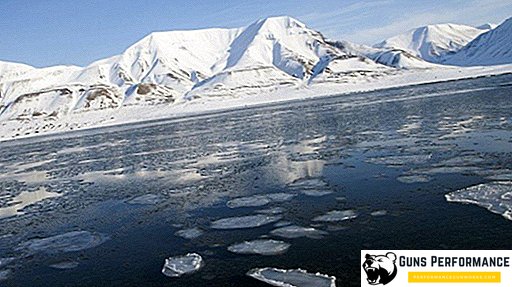
In accordance with the current Russian legislation, legal protection of the ozone layer is one of the most important and priority areas. Legislation related to the protection of the environment regulates the list of protective measures aimed at protecting this natural object from all sorts of damage, pollution, destruction and exhaustion. Thus, Article 56 of the Legislation describes some activities related to the protection of the ozone layer of the planet:
- Organization of monitoring the effect of the ozone hole;
- Permanent control over climate change;
- Strict compliance with the regulatory framework for harmful emissions into the atmosphere;
- Regulation of the production of chemical compounds that destroy the ozone layer;
- The application of penalties and penalties for violating the law.
Possible solutions and first results
You should know that the ozone hole - a non-permanent phenomenon. With a reduction in the amount of harmful emissions into the atmosphere, a gradual tightening of ozone holes begins - ozone molecules from neighboring areas become more active. However, this leads to the emergence of another risk factor - the neighboring areas lose a significant amount of ozone, the layers become thinner.
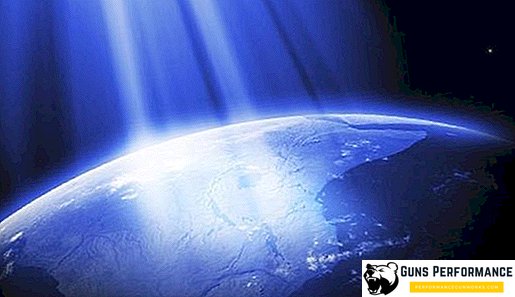
Scientists around the world continue to engage in research and intimidate the joyless conclusions. They calculated that if the presence of ozone decreased by only 1% in the upper atmosphere, there would be an increase in skin cancer to 3-6%. Moreover, a large number of ultraviolet rays will adversely affect the immune system of people. They will become more vulnerable to a wide variety of infections.
It is possible that actually this can explain the fact that in the XXI century the number of malignant tumors increases. Increasing the level of ultraviolet radiation also has a negative effect on nature. There is a destruction of cells in plants, the process of mutation begins, as a result of which a smaller amount of oxygen is produced.
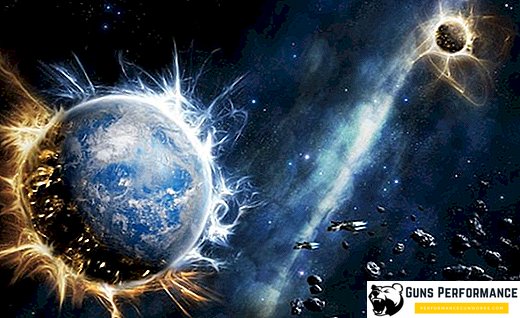
Will mankind cope with future challenges?
According to the latest statistics statistics, mankind faces a global catastrophe. However, science also has optimistic reports. After the adoption of the Convention on the Protection of the Ozone Layer, all of humanity has already taken up the issue of saving the ozone layer. Following the development of a number of prohibitive and protective measures, the situation was somewhat stabilized. Thus, some researchers argue that if all of humanity will be engaged in industrial production within reasonable limits, the problem of ozone holes can be successfully solved.





